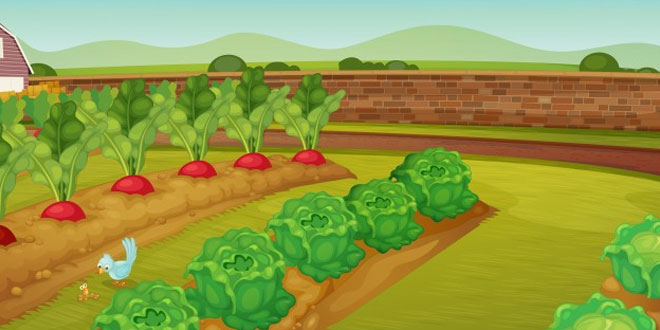Question: Explain the major features of the ‘Open Field’ system which was prevailing in England in the eighteenth, and the early nineteenth century.
Answer:
- Before the 18th century in large parts of England, the countryside was open. Peasants cultivated on strips of land around the village they lived in.
- At the beginning of each year, strips of varying quality were allocated to each villager.
- Beyond these strips of cultivation, lay the common land. All villagers had an access to the commons.
- For the poor, the common land was essential for survival. It supplemented meager income, sustained their cattle, and helped them tide over bad times, when crops failed.
Question: ‘Between 1750 and 1900 England’s population multiplied four times.’ Explain its impact on the enclosures.
Answer:
- More population means more demand for food grains. So this encouraged the landlords to enclose more land.
- Due to increase in population, the market for food grains expanded, and when demand increased rapidly, food grain prices rose. This increased the profit margin which encouraged the landlords to enclose more open fields.
- Due to increase in the demand for food grains, rich farmers started using machinery. This also encouraged enclosures.
- As the urban population was dependent on the rural population for food grains, so there was expansion of food grain market in the urban areas also.
Question: How was the Enclosure movement of the 16th century different from that of 18th century?
Answer: Enclosure movement of 16th Century:
- The 16th century Enclosure system was the result of high demand of wool.
- The system was because of high prices of wool.
- It proceeded very slowly.
- It was not supported by State or the Church.
- It was carried out by locals.
Enclosure movement of 18th Century:
- It was driven by high demand for food grains.
- The 18th century system was because of high price of food grains.
- It proceeded at a very fast pace.
- It was supported by the State or Church through various acts.
- It was carried out by big landlords who were also involved in international trade.
Question: Why were Indian farmers reluctant to grow opium? Explain.
Answer:
- The crop had to be grown on the best land on fields that lay near villages, and were well manured. On this land, peasants usually produced pulses. If they planted opium on this land then pulses could not be grown there or they would have to be grown on inferior land where harvests were poorer and uncertain. and were well manured. On this land, peasants usually produced pulses. If they planted opium on this land then pulses could not be grown there or they would have to be grown on inferior land where harvests were poorer and uncertain.
- Many cultivators owned no land. To cultivate, they had to pay rent and lease land from landlords. And the rent charged on good lands near villages was very high.
- The cultivation of opium was a difficult process. The plant was delicate and cultivators had to spend long hours nurturing it. This meant that they did not have enough time to care for other crops.
- The price the government paid to the cultivators for the opium they . produced was very low. It was unprofitable for cultivators to grow opium at that price.
Question: Why did the demand of food- grains increased in England from the mid-eighteenth century?
Answer:
- Increase in population: From the mid-eighteenth century, the English population expanded rapidly. Between 1750 and 1900, it multiplied over four times, mounting from 7 million in 1750 to 21 million in 1850 and 30 million in 1900.
- Impact of industrialization: Moreover, Britain at this time was industrializing. More and more people began to live and work in urban areas. Men from rural areas migrated to towns in search of jobs. To survive they had to buy food grains in the market. As the urban population grew, the market for food grains expanded, and when demand increased rapidly, food grain prices rose.
- Wars: By the end of the eighteenth century, France was at war with England. This disrupted trade and the import of food grains from Europe. So this created a imbalance between demand and supply.
 Class Notes NCERT Solutions for CBSE Students
Class Notes NCERT Solutions for CBSE Students



